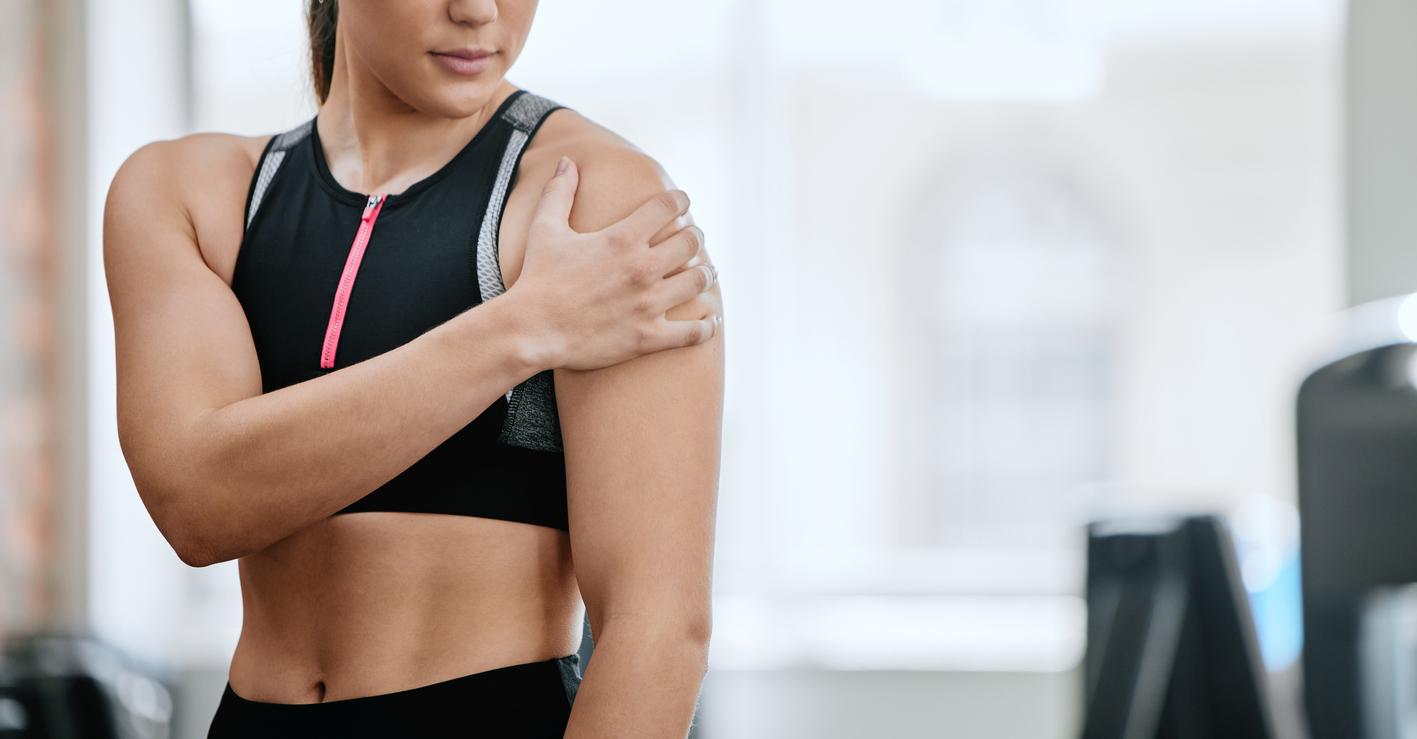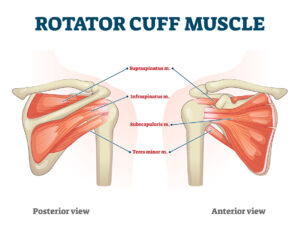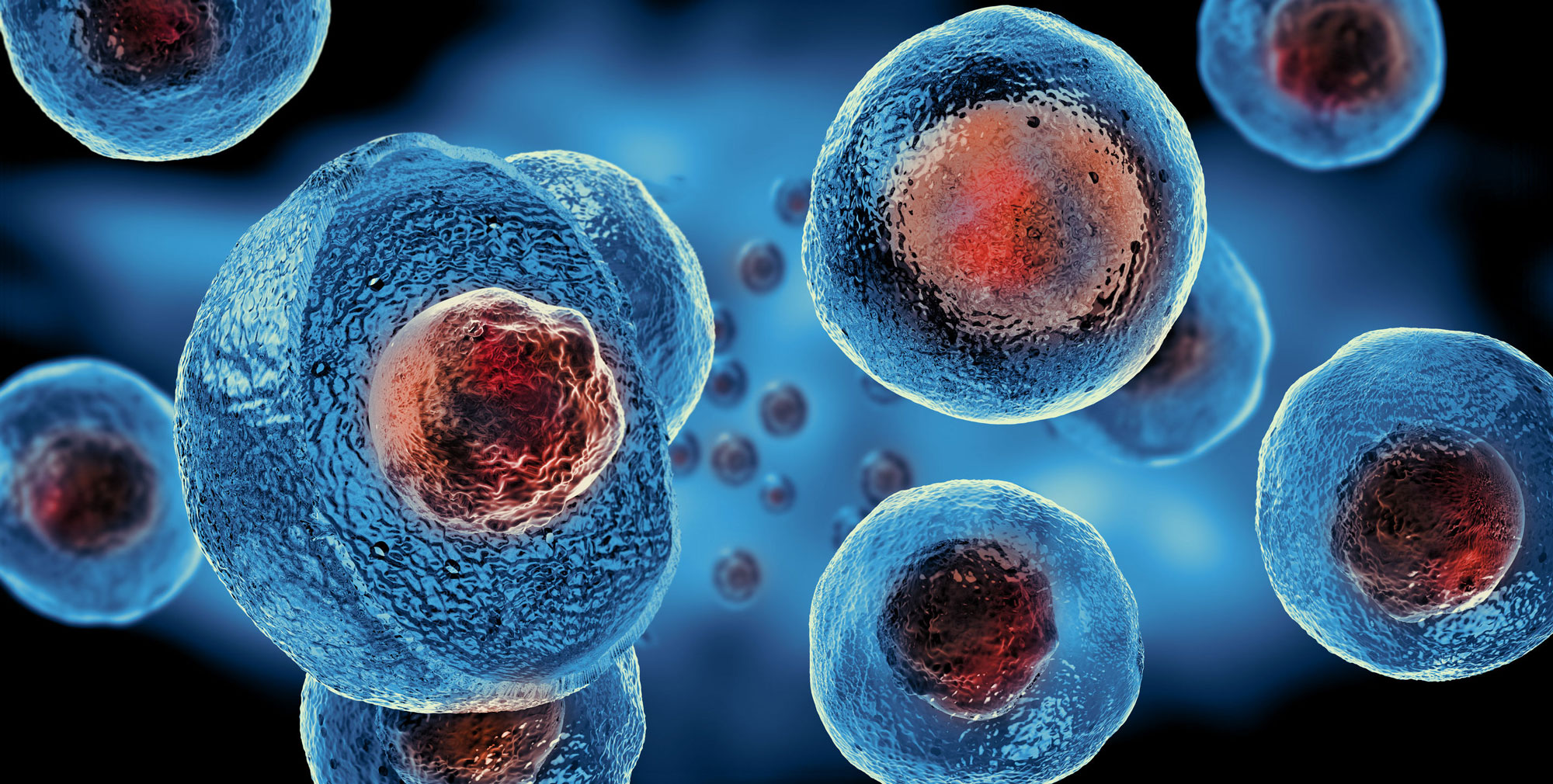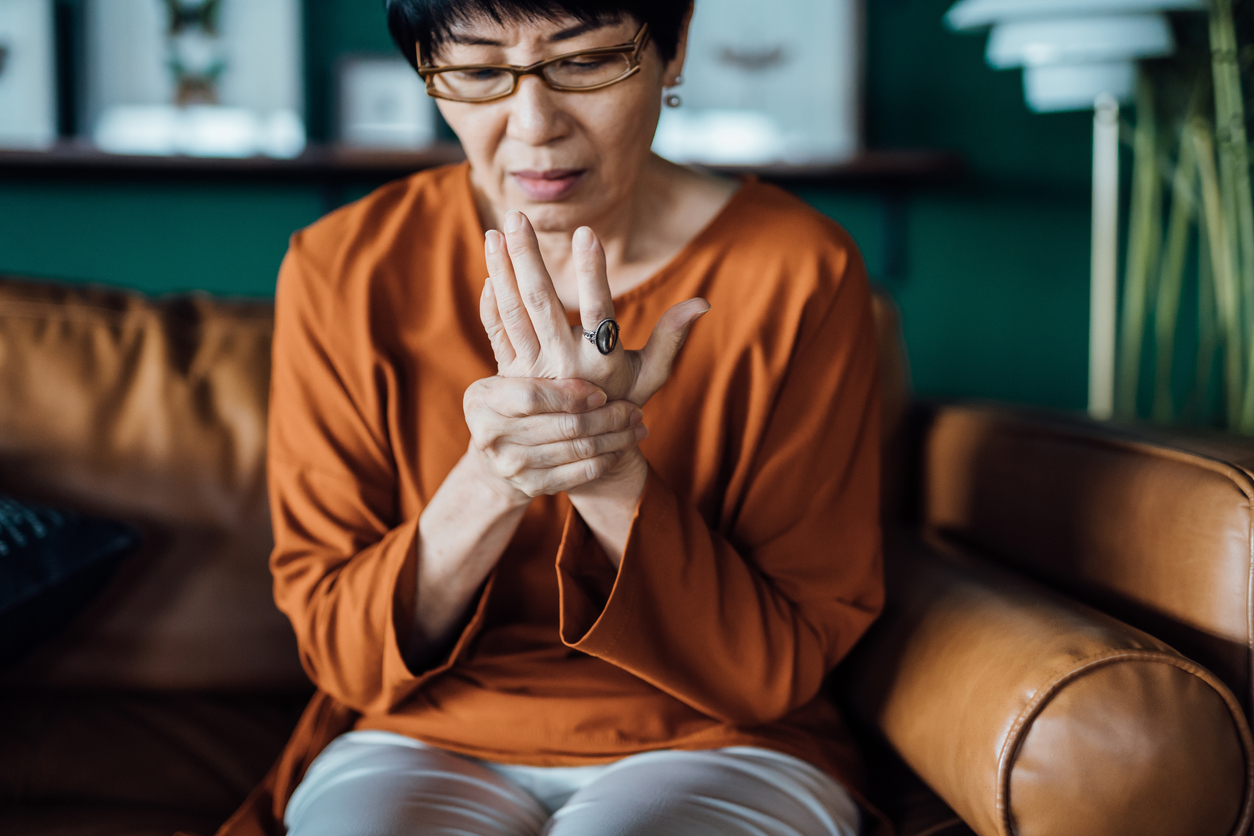
Rotator Cuff Tears 101: What they Are & Why They Happen
The shoulder is one of the most complex joints in the human body, second only to the knee in size, range of movement, and potential for injury. As a ball-and-socket joint, your shoulder enjoys amazing versatility and strength. But its clever design and near-endless functionality also make shoulders highly susceptible to sports injuries and other chronic conditions.
For millions of Americans each year, rotator cuff tears become a serious concern. Most commonly associated with baseball pitchers, basketball players, and tennis players, this frightening injury affects athletes and everyday folks alike.
But while most of us know the name of the injury, few of us understand it as well as we should. How do you tear your rotator cuff? Can a rotator cuff heal on its own? What are the symptoms? Let’s find out.
A Palmetto Bone & Joint Guide to Rotator Cuff Tears
At Palmetto Bone & Joint in Chapin, SC, we’ve seen too many torn rotator cuffs to count. Rotator cuff injuries occur in people of all kinds—from professional athletes to the elderly to middle-aged men and women simply trying to stay fit.
As a chronic injury, rotator cuff tears can lead to lifelong pain and limited range of motion if improperly treated or not treated at all. That’s why we’ve put together this handy guide for everyone throughout the Midlands and Upstate South Carolina.
If you’ve experienced shoulder pain that just won’t go away, give us a call at (864) 833-3046 or contact us online. In the meantime, here’s everything you need to know about rotator cuff tears.
What is a Rotator Cuff?
Your shoulder contains three important bones: the clavicle (collarbone), the scapula (shoulder blade), and the humerus (upper arm bone).
At the top of your upper arm bone, four muscles converge to create the rotator cuff. These muscles and tendons attach your arm bone to your shoulder blade, enabling the ball-and-socket joint with the full range of motion it needs.

What is a Rotator Cuff Tear?
Rotator cuff tears occur when one of the four tendons that keep the arm bone attached to the shoulder blade or collar bone pulls away. A partial rotator cuff tear may also include small rips in one or several tendons that cause irritation during movement.
Ultimately, there are two kinds of rotator cuff tears.
Partial Rotator Cuff Tear
When one of the tendons in the rotator cuff detaches from the bone slightly, it’s considered a partial rotator cuff tear.
Complete Rotator Cuff Tear
In a complete rotator cuff tear, a tendon comes away from the bone completely. There may also be a rip or split in the tendon itself.
How Do You Tear Your Rotator Cuff?
Rotator cuff tears become more common as we age, but they can also be caused by forceful, repetitive movements of the shoulder or by simple overuse. Tissue degeneration within the shoulder blade can make the tendons within the rotator cuff more susceptible to injury. This is why rotator cuff tears are common across age ranges, fitness levels, and throughout several popular sports.
Rotator Cuff Strain VS. Tear
Shy of a complete or partial tear, rotator cuffs may also become strained. A rotator cuff strain occurs when overuse or tissue degeneration (from aging) causes micro-tearing in either the tendons or the shoulder muscles.
The symptoms of a rotator cuff tear are generally more unpleasant and more persistent than those of a strain, but a diagnosis should only be made by a trained orthopedic doctor.
Rotator Cuff Tear Symptoms
Between a sprain, complete tear, and partial tear, rotator cuff injury symptoms run a wide range. Typically, rotator cuff tears will result in the following symptoms:
- Limited range of motion, especially when trying to reach behind your back
- Pain in the injured shoulder, sometimes bad enough to prevent sleep
- Weakness in the affected shoulder
- Pain during movement
- Popping or clicking sounds when moving the affected shoulder
Rotator cuff tears can happen in numerous tendons and muscles throughout the shoulder, making a definitive list of symptoms difficult. Additionally, the severity of rotator cuff injuries differs drastically. Pain may be mild at first and only present during movement before worsening and becoming noticeable at rest. In some cases, rotator cuff tears may cause no pain but still result in a limited range of motion or weakness.
To uncover the source of your shoulder weakness or shoulder pain, call the orthopedic doctors at Palmetto Bone & Joint today at (864) 833-3046 or contact us online.
Can a Rotator Cuff Tear Heal on its Own?
Not every injury requires rotator cuff tear surgery. That said, rotator cuff tears will not heal on their own. They may require a range of treatment options from light, daily stretching to rotator cuff surgery.
When limited range of motion or muscle weakness are the primary symptoms (as opposed to pain) we may recommend physical therapy and OTC (over-the-counter) medications. But if the injury is painful enough to cost you sleep at night, rotator cuff surgery may be required.
Diagnosing & Fixing Rotator Cuff Tears in Chapin, SC
At our three locations in Chapin, Newberry, and Clinton, SC, our expert orthopedic doctors and surgeons use X-ray, MRI, and ultrasound technology to look inside your shoulder. This allows us to accurately diagnose your injury, distinguishing between a partial tear, complete tear, or sprain.
Once we understand the nature of your injury, we’ll recommend physical rehabilitation and other non-surgical methods for correcting it. In some cases, we may recommend arthroscopic shoulder surgery—an outpatient procedure that uses very small incisions to access and repair the tendons or muscles within the rotator cuff.
If you’ve experienced shoulder pain, shoulder weakness, a limited range of motion, or difficulty sleeping due to shoulder pain, call Palmetto Bone & Joint today at (864) 833-3046 or contact us online.
Schedule an appointment today so that you can get back to living, working, and playing tomorrow!
Don’t let shoulder pain keep you out of the game. Get the help you need!
At Palmetto Bone & Joint in Chapin, Newberry, & Clinton, SC, we know that shoulder surgery isn’t everyone’s first choice. That’s why we use the latest medical imaging technology to accurately diagnose shoulder pain. We can recommend physical therapy, at-home therapy, non-surgical solutions, and finally, arthroscopic shoulder surgery. Get the help you need so you can stay happy and healthy in the Midlands and upstate SC! Give us a call at (864) 833-3046 or contact us online.



